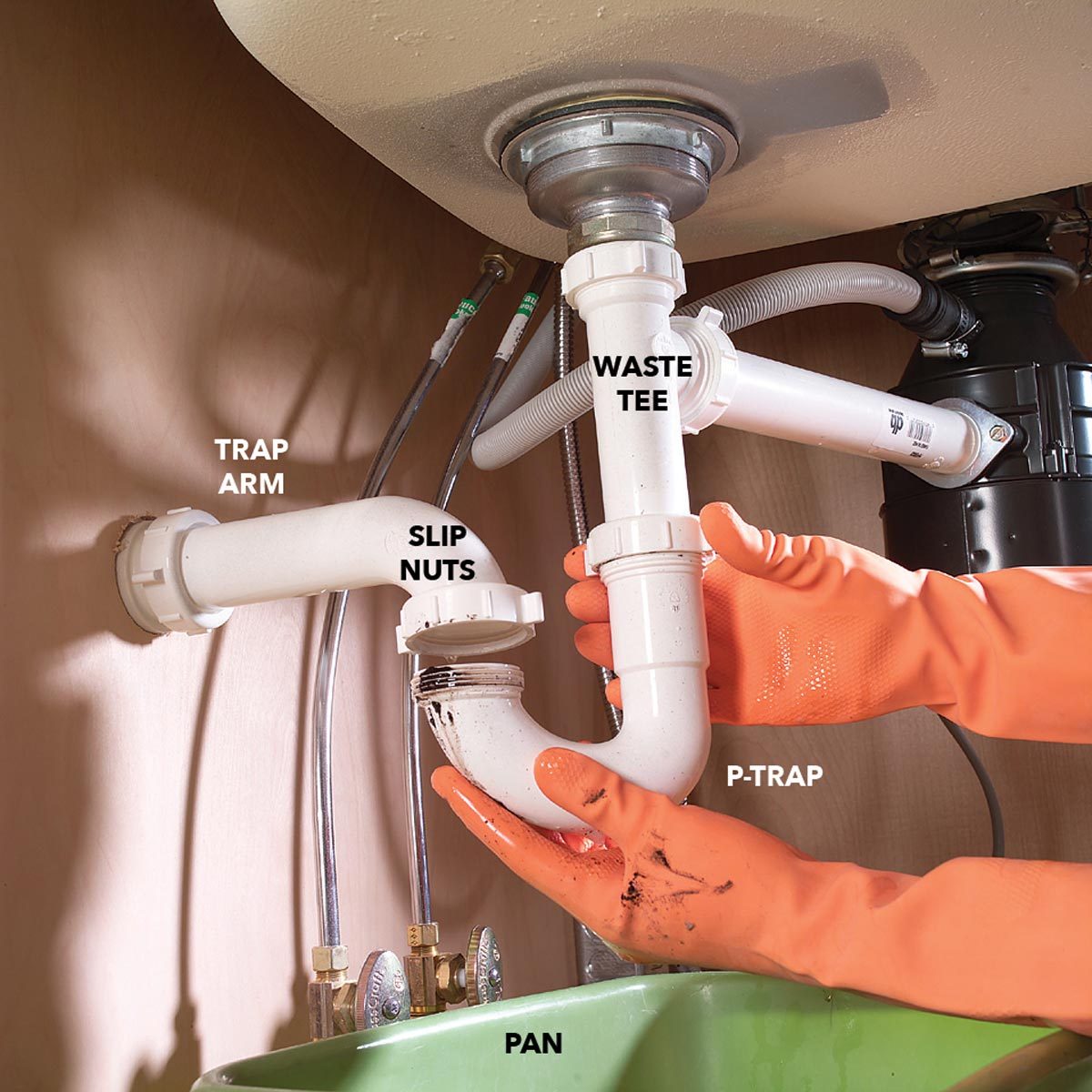Anatomy of a Bathroom Sink Drain Pipe Assembly

A bathroom sink drain pipe assembly is a crucial component of any bathroom plumbing system, ensuring the proper drainage of wastewater from the sink. It comprises several essential parts that work together to prevent clogs, trap odors, and maintain a sanitary environment. Understanding the anatomy of a drain pipe assembly is essential for troubleshooting common plumbing issues and ensuring the efficient functioning of your bathroom sink.
Components of a Drain Pipe Assembly
A typical bathroom sink drain pipe assembly consists of the following components:
– P-trap: The P-trap is a U-shaped pipe that forms the lowest point in the drain system. It traps water, creating a water seal that prevents sewer gases from escaping into the bathroom.
– Tailpiece: The tailpiece is a short, straight pipe that connects the sink drain to the P-trap. It provides a downward slope for the wastewater to flow into the P-trap.
– Flange: The flange is a circular metal plate that fits around the base of the sink drain. It creates a watertight seal between the sink and the drain pipe assembly, preventing water from leaking out.
Common Problems and Troubleshooting: Bathroom Sink Drain Pipe Assembly

Bathroom sink drain pipe assembly – Bathroom sink drain pipe assemblies can experience various issues that can hinder their proper functioning. Understanding these common problems and their troubleshooting steps is crucial for maintaining a functional drainage system.
The most frequent issues include clogs, leaks, and slow drainage. These problems can arise due to various factors, such as hair, soap scum, debris accumulation, worn-out components, or improper installation.
Clogs
- Identification: Slow or complete blockage of water flow, often accompanied by unpleasant odors.
- Troubleshooting:
- Remove the drain stopper and clean any visible debris.
- Use a drain snake or auger to dislodge clogs deeper in the pipe.
- Apply a commercial drain cleaner according to the manufacturer’s instructions.
- For stubborn clogs, contact a professional plumber.
Leaks, Bathroom sink drain pipe assembly
- Identification: Water dripping or leaking from the drain pipe assembly, often around joints or connections.
- Troubleshooting:
- Check for loose or damaged connections and tighten them using a wrench.
- Replace worn-out gaskets or seals.
- If the leak persists, it may indicate a more serious issue, such as a cracked pipe or a damaged trap. Contact a plumber for further inspection and repair.
Slow Drainage
- Identification: Water takes longer than usual to drain from the sink, often leaving standing water in the basin.
- Troubleshooting:
- Clean the drain stopper and remove any accumulated debris.
- Use a drain snake or auger to clear any blockages in the pipe.
- Check for kinks or bends in the drain hose and straighten them out.
- If the slow drainage persists, it may indicate a more significant issue, such as a partially clogged main drain line. Contact a plumber for further inspection and repair.
Replacement and Installation

When a bathroom sink drain pipe assembly becomes clogged, corroded, or damaged, it may need to be replaced. Here’s a guide to help you remove the old assembly and install a new one:
Removing the Old Assembly
1. Turn off the water supply to the sink.
2. Place a bucket or basin under the sink to catch any water that may leak out.
3. Use a wrench to loosen the slip nuts that connect the drain pipe to the sink and the P-trap.
4. Carefully remove the old drain pipe assembly.
Installing the New Assembly
1. Apply a bead of plumber’s putty to the rim of the new drain flange.
2. Insert the drain flange into the sink drain hole and tighten the slip nut.
3. Attach the P-trap to the drain flange and tighten the slip nut.
4. Connect the other end of the P-trap to the drainpipe coming from the wall.
5. Turn on the water supply and check for leaks.
6. If there are any leaks, tighten the slip nuts or apply more plumber’s putty.
Tips for Ensuring a Proper Seal
– Use a generous amount of plumber’s putty.
– Tighten the slip nuts securely, but avoid overtightening.
– Check for leaks after turning on the water supply.
– If you are not confident in your ability to replace the drain pipe assembly yourself, it is best to call a plumber.
The bathroom sink drain pipe assembly is a crucial component that ensures proper drainage. If your bathroom sink won’t drain, it’s worth considering issues with the drain pipe assembly. Learn more about resolving this issue in our comprehensive guide: my bathroom sink wont drain.
Understanding the intricacies of the bathroom sink drain pipe assembly is essential for effective maintenance and troubleshooting.
When dealing with a faulty bathroom sink drain pipe assembly, it’s essential to inspect all its components, including the stopper. If the stopper is malfunctioning, refer to this helpful guide on how to fix a bathroom sink stopper. Once the stopper is fixed, reassemble the drain pipe assembly and ensure a secure fit to prevent future leaks.